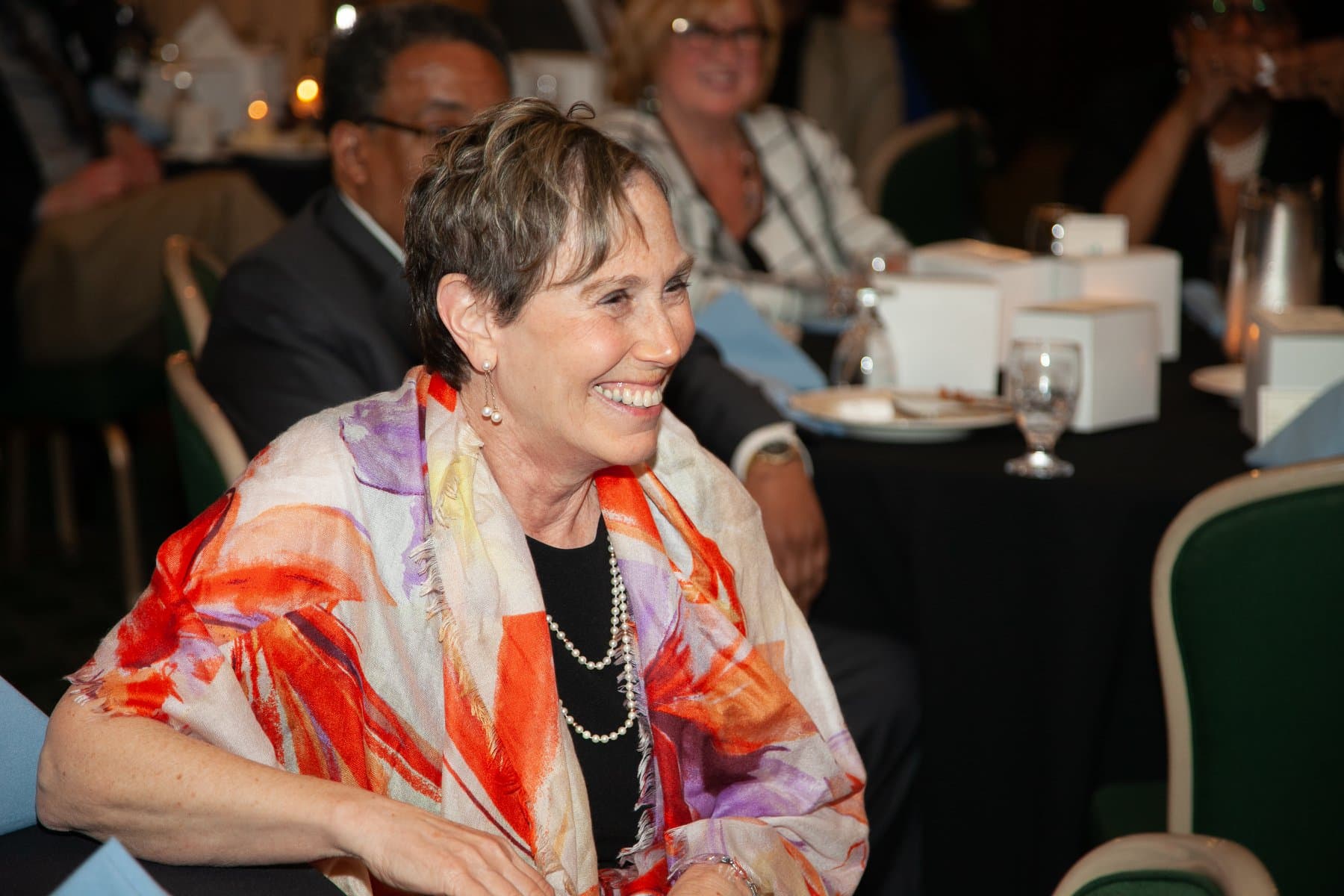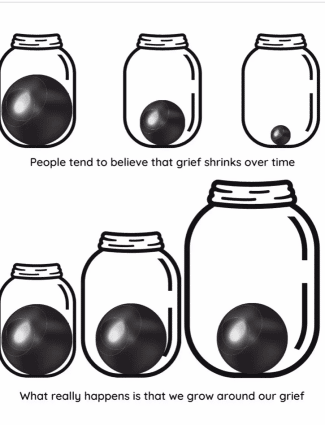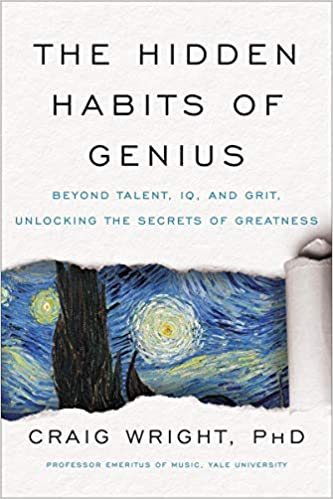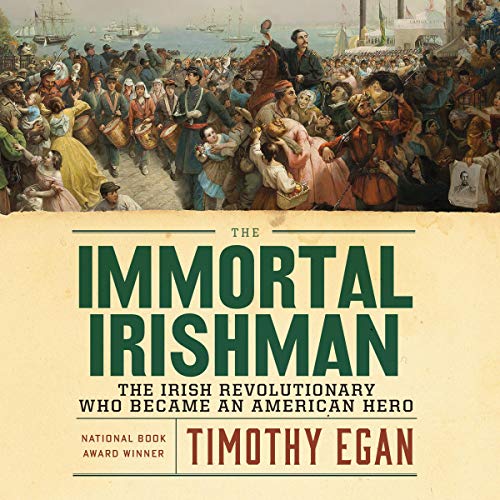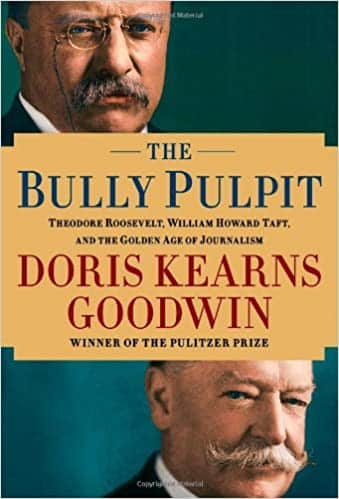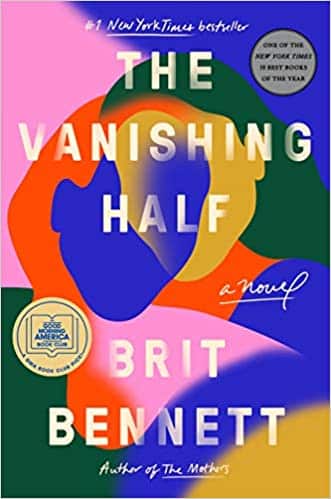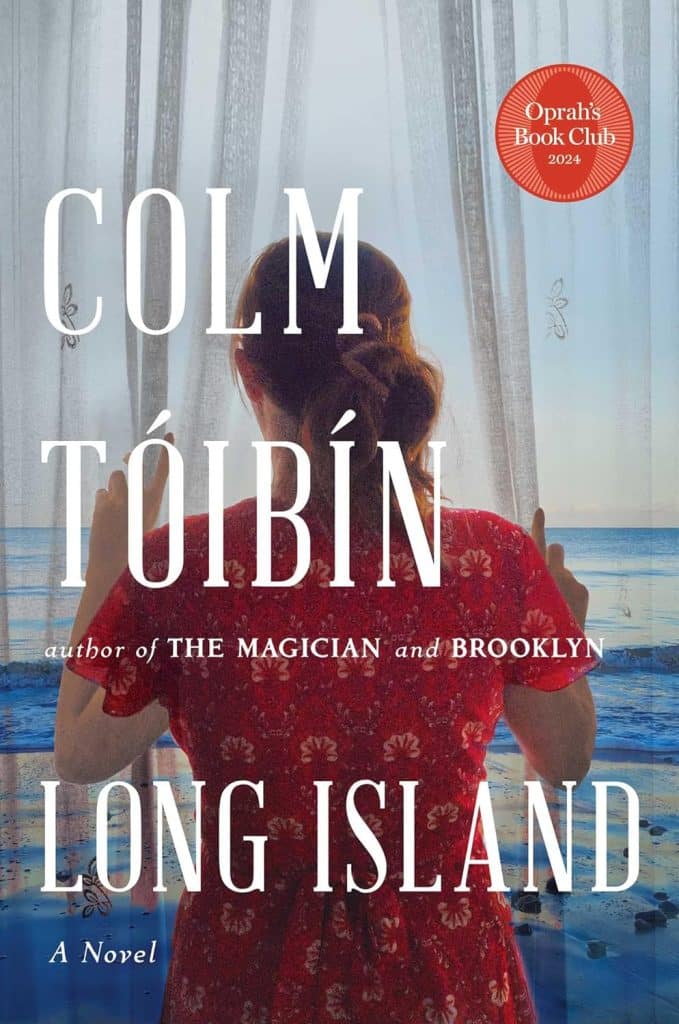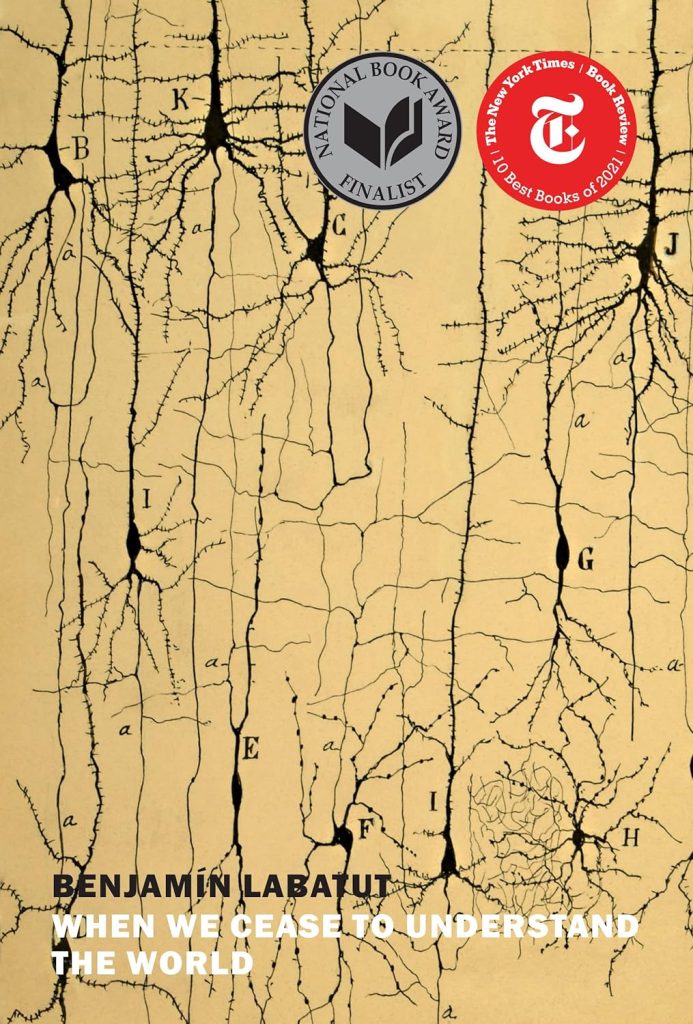
Healing by Cocooning
Estimated reading time: 1 minute, 10 seconds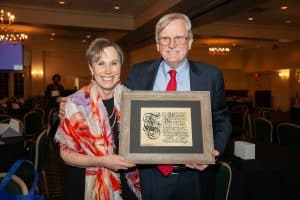 Like most widows, I have tried almost every option to manage my grief.
Like most widows, I have tried almost every option to manage my grief.
I have tried individual and group therapy, peer groups, and journaling.
I have cried, begged to get off the roller coaster, focused on growing around my grief, and prayed.
Each option has helped, but I have also unilaterally chosen at times to go into a healing cocoon.
It was good to read that the @the.holistic.psychologist recommended cocooning,
Normalize going into a healing cocoon where you disappear for a period of time to be alone, read, listen to podcasts, learn to set boundaries, and spend time in nature. You’ll be a completely different human being when you emerge.
At first, this seemed counterintuitive. Why would being alone help me more if I already struggle to live independently?
The healing cocoon has helped me to read, listen to podcasts, and commune with nature.
Am I a different human being? Yes, I am.
But I am also one who loves Jan more than ever.
The Jan Lilien Education Fund sponsors ongoing sustainability and environmental awareness programs. Gifts made this month; I will match dollar-for-dollar. All donations are tax-deductible.
I receive a commission when you buy a book or product using a link on this page. Thank you for supporting Sharing Jan’s Love.
